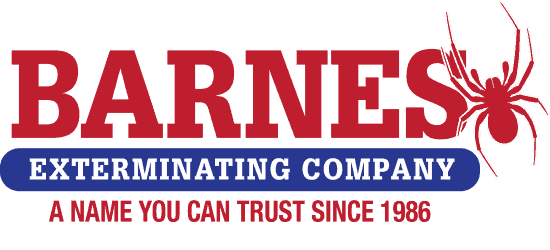House flies, those pesky winged insects that always seem to find their way into our homes, are often seen as nothing more than a nuisance. However, these creatures have a fascinating process of decomposing and complex biology that is worth exploring. These insects are found all over the world and are typically associated with human habitations, where they feed and breed in decaying organic matter such as garbage, manure, and food waste.
Ecological Role
The life cycle of a house fly consists of four stages: egg, larva (maggot), pupa, and adult. Female house flies lay their eggs in decaying organic material, and within a day, the eggs hatch into larvae. The larvae feed heavily on the decaying matter for about 4-7 days before pupating. After a few days, adult flies emerge from the pupae, ready to continue the cycle. Despite their reputation as pests, house flies play a crucial ecological role as decomposers. This process is essential for nutrient recycling and the overall health of ecosystems because they help break decay down and facilitate its decomposition.
House flies have several remarkable adaptations that contribute to their success as a species. Their compound eyes provide them with a wide field of view, allowing them to detect approaching threats. Additionally, they have specialized mouthparts for sponging up liquid food, such as the regurgitated contents of their gut, which allows them to feed on a wide range of substances. This does make them a vital part of our world!
disease transmission & control
While house flies have an important ecological role, they are also known vectors for various diseases. They frequent unsanitary areas such as garbage and animal waste, therefore they can pick up disease-causing pathogens on their bodies and transmit them to human food and surfaces, potentially causing health issues. As a result, controlling house fly populations is crucial for public health. Given their quick reproduction cycle and potential to transmit diseases, it’s important to control house fly populations in and around human habitations. Simple measures such as proper waste management, maintaining clean surroundings, and using screens on doors and windows can help prevent infestations. Integrated pest management techniques can also be employed to minimize fly populations in agricultural settings. Understanding their biology and ecological role is essential for developing effective strategies to manage their populations and minimize their impact on human activities.
